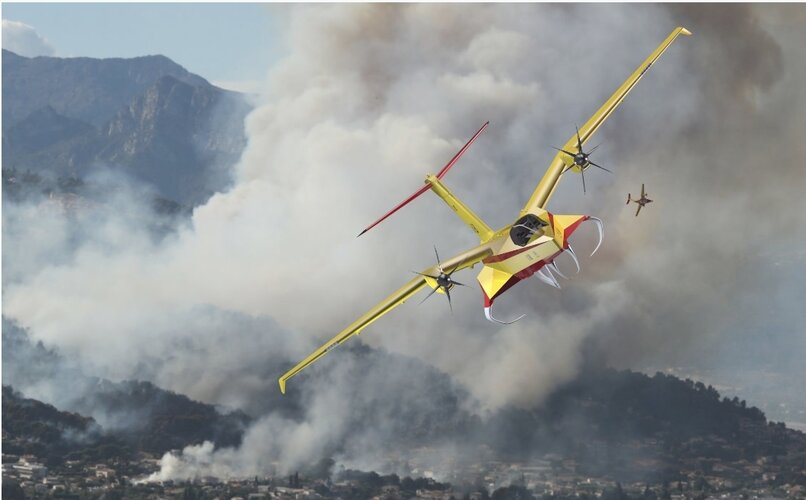Manuducati
ACCESS: Secret
- Joined
- 25 November 2020
- Messages
- 333
- Reaction score
- 1,066
A Belgian startup is working on a water bomber concept.
 www.roadfour.com
www.roadfour.com
According to this news article (in French), they need ten orders (at 60 millions € apiece) and 6 years to launch the prototyping.

 detours.canal.fr
detours.canal.fr
Interesting concept...
"Scooping smoothly
SEAGLE is designed for safe operations in the most demanding situations. Scooping water from a sleeping lake appears as a quiet task for the pilot while scooping from a windy sea surface can be very stressful. This particular flight phase is obviously dangerous and always more risky than landing on the ground in any well equipped airport. The most innovative breakthrough of SEAGLE is the fuselage shaped with hydrofoils. This well known marine technology is making the perfect buffer between the aerodynamics flight laws and the hydrodynamics laws of scooping. Beyond the center of the fuselage is located the slicer that will load the SEAGLE safely."
The Seagle
According to this news article (in French), they need ten orders (at 60 millions € apiece) and 6 years to launch the prototyping.

Seagle, l’avion belge qui veut remplacer les Canadairs pour sauver nos forêts
La startup belge Roadfour développe un avion bombardier d’eau destiné à s’attaquer aux « grands incendies », comme ceux qui ont pu sévir en Californie, en Australie et dans l’Ouest de la France aujourd’hui. Que l'oiseau se dépêche de décoller, le sujet est brûlant.
Interesting concept...


